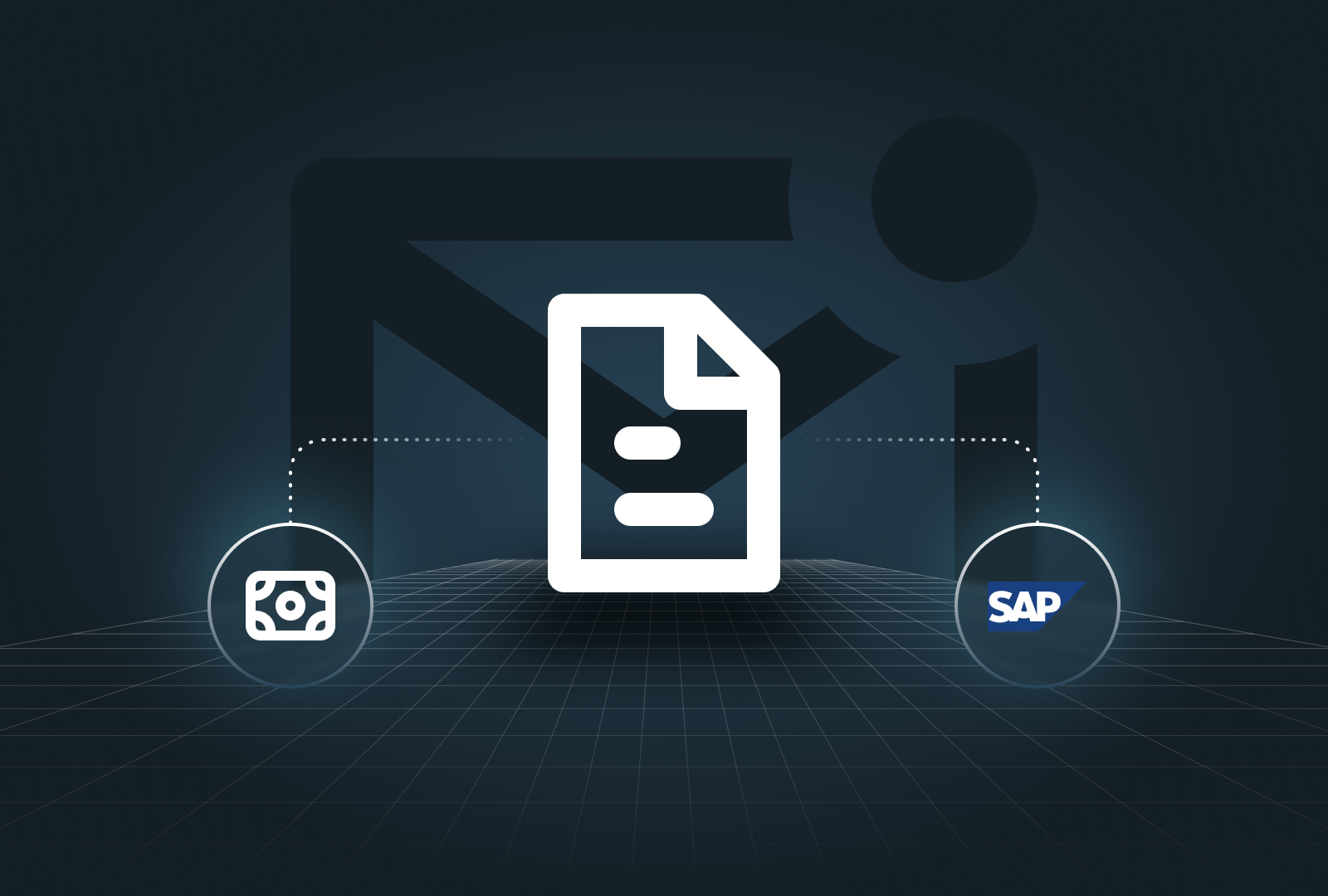Cash flow finance is an essential aspect of managing a business's financial health. Understanding how to accurately calculate and manage cash flow can help ensure sustainability and growth. In this article, we will explore key strategies, techniques, and tools that can assist you in mastering cash flow finance.
Understanding cash flow finance
Effective cash flow management can prevent financial crises and enhance decision-making, especially when financing investments or managing loan payments and debt obligations.
Definition and importance of cash flow calculation
Cash flow calculation refers to the process of tracking the movement of money into and out of a business. This calculation is crucial for assessing a company's financial health and sustainability, as it provides insight into its ability to meet obligations, invest in growth, and navigate challenges.
It helps businesses manage their resources efficiently, ensuring that they can maintain positive balances in their accounts and support operational activities while planning for the future. Cash flow statements, which summarize cash inflows and outflows over a specific period, are vital tools for tracking and analyzing cash flow.
Manual vs. automated cash flow calculations
When it comes to calculating cash flow, businesses have two main options: manual methods and automated solutions. Manual methods can provide low initial costs and greater control over the process; however, they are often time-consuming and prone to human error.
On the other hand, automated solutions offer increased accuracy and save time and resources, though they may require initial setup costs. Automated systems can also facilitate monitoring of credit lines, loans, and other financing activities, allowing businesses to evaluate the impact of various types of investments on their cash flow.
Key indicators of accurate cash flow
To effectively manage cash flow, businesses should monitor key indicators, including:
- Operating cash flow: reflects the cash generated from normal business operations, which is essential for funding day-to-day activities.
- Free cash flow: indicates the cash available after capital expenditures, crucial for expansion or paying dividends and servicing debt.
- Net cash flow: measures the total cash inflow minus total cash outflow, providing a clear picture of financial health.
These metrics provide valuable insights into a company’s liquidity and overall financial performance.
Key strategies for effective cash flow management
Implementing effective cash flow management strategies can significantly enhance a business’s financial stability and growth potential, particularly for small businesses seeking to improve their creditworthiness and funding opportunities.
Direct vs. indirect methods of cash flow calculation
Cash flow can be calculated using two primary methods: the direct method and the indirect method. The direct method lists all cash receipts and cash payments during the period, providing a clear view of cash flow.
In contrast, the indirect method starts with net income and adjusts for changes in non-cash items and working capital. Both methods have their advantages and are useful depending on the business context and available data.
Cash flow forecasting techniques and best practices
Forecasting cash flow is vital for anticipating future cash needs. Businesses can adopt various approaches, such as short-term forecasting, which focuses on cash flow needs over a few weeks to months, and long-term forecasting, which looks at cash flow trends over several years.
Best practices for accuracy include regularly updating forecasts, considering seasonal variations, and analyzing historical data for better insights. Understanding potential financing needs, interest rates, collateral requirements, and the impact of equity financing on cash flow is also critical for accurate forecasting.
Common mistakes to avoid in cash flow calculation
When calculating cash flow, businesses often make several common mistakes. These include overlooking non-cash expenses, failing to update forecasts, and neglecting to account for timing differences in cash inflows and outflows. Additionally, mismanaging assets or not factoring in loan repayments can lead to cash flow issues. Avoiding these pitfalls can lead to more reliable cash flow predictions.
Analyzing historical cash flow data for better forecasting
Utilizing historical cash flow data can significantly enhance forecasting accuracy. By analyzing past trends, businesses can identify patterns and potential fluctuations in cash flow. This data-driven approach allows for better planning and resource allocation, ensuring that companies can meet their financial obligations while pursuing growth opportunities.
Historical data can also provide insights into financing needs, asset management strategies, and the types of collateral required for loans, helping businesses maintain a positive cash flow balance.
Essential tools for cash flow management
Utilizing the right tools can streamline cash flow management processes and improve overall financial performance.
Overview of popular cash flow tools and software
Businesses today have access to a variety of tools and software designed to enhance cash flow management. These solutions can significantly improve the accuracy and accessibility of cash flow calculations. When evaluating options, it’s essential to look for features that align with your specific needs and objectives.
Features to look for in cash flow management software
Numerous tools and software solutions are available to help businesses manage cash flow effectively. When selecting the right tool, consider the following criteria:
- User-friendly interface: choose software that is easy to navigate, allowing users to access essential features without extensive training.
- Advanced Reporting and Analytics: Look for solutions that offer customizable reports and dashboards, allowing for deep analysis of cash flow trends and the generation of actionable insights.
- AI-Powered Automation: Look for software that automates cash flow calculations, payment reconciliation, and data entry, minimizing manual effort, reducing errors, and saving valuable time.
- Integration capabilities: ensure the tool can integrate seamlessly with existing financial systems, such as accounting software and ERP solutions, for improved data consistency.
- Real-Time Insights: Opt for tools that provide real-time data tracking, enabling quick responses to changes in cash flow and helping to avoid potential liquidity issues.
- Predictive Cash Flow Forecasting: Choose tools with AI-driven forecasting that analyze historical and real-time data to anticipate future cash flow needs. This allows for proactive financial planning and better decision-making.
By considering these criteria, businesses can choose cash flow tools that streamline calculations and enhance overall financial management.
How tools enhance accuracy and efficiency in cash flow management
Technology plays a critical role in cash flow management. Automated tools reduce human error and increase the speed of calculations, leading to more accurate cash flow forecasts. Additionally, real-time tracking allows businesses to respond promptly to cash flow challenges, improving overall financial stability and enabling them to manage credit and investment decisions effectively.
Integrating cash flow tools with financial systems
Integrating cash flow management tools with other financial systems, such as accounting software, ERP solutions, and expense management tools, enables a seamless flow of financial data, enhancing overall operational efficiency. Here’s a deeper look into how these integrations work and the value they bring to businesses:
- Bank Account Integration: By connecting cash flow tools directly to bank accounts, businesses can access real-time visibility into their cash inflows and outflows. This integration ensures accurate tracking of bank balances, which is crucial for liquidity management. Automated syncing helps reduce errors, enabling businesses to respond quickly to fluctuations in cash flow and avoid liquidity crises. Real-time updates also facilitate faster decision-making and ensure timely payments, thereby improving cash flow forecasting accuracy.
- ERP Systems Integration: Linking cash flow tools to ERP systems enables seamless data sharing between platforms, automatically pulling critical financial information such as accounts receivable, accounts payable, payroll data, and inventory levels. This reduces manual data entry and ensures consistency across systems. With up-to-date and accurate financial data at their fingertips, businesses can create more accurate cash flow forecasts, streamline budgeting processes, and make better-informed financial decisions. This integration also enhances visibility across different departments, helping to align financial strategies with operational performance.
- Expense Management Tools Integration: Integrating cash flow management tools with expense tracking solutions allows businesses to monitor and control spending in real-time. Expenses are automatically recorded and categorized, providing an up-to-date picture of outflows. This integration ensures that no expenditure goes unaccounted for, which is essential for maintaining accurate cash flow projections. It also enhances budgeting accuracy by providing real-time data on business costs, helping businesses optimize spending, improve cost control, and avoid overspending.
These integrations ensure that data flows seamlessly between different financial systems, improving efficiency, accuracy, and decision-making. By creating a unified financial ecosystem, businesses can streamline their cash flow processes, reduce errors, and gain deeper insights into their financial health, ultimately leading to more informed and proactive financial management.
Implementing cash flow calculation methods and tools
Implementing effective cash flow forecasting methods and tools can lead to improved financial management and strategic planning.
Steps for setting up cash flow forecasting processes
Implementing effective cash flow forecasting involves several key steps. First, gather historical financial data and forecast assumptions. Next, select a calculation method—either direct or indirect. Then, build a forecast model that incorporates your data and assumptions. Finally, regularly review forecasts and make necessary adjustments to maintain accuracy. It’s also vital to consider potential funding requirements and interest rates when planning.
Integration with other financial systems
To create a comprehensive financial management framework, it’s essential to connect cash flow tools with existing accounting and ERP systems. This integration ensures consistency in data and improves accuracy across financial reports, enhancing overall decision-making.
How Payflows helps with calculating cash flow through advanced solutions
Payflows enhances cash flow management by providing seamless banking connectivity that automates cash flow calculations. With Payflows, businesses can securely connect their bank accounts to the platform, allowing for real-time tracking of transactions and balances. This integration eliminates manual data entry and minimizes errors, enabling businesses to maintain accurate cash flow insights effortlessly.
Payflows also offers features like automatic categorization of transactions and comprehensive reporting, empowering businesses to analyze their cash flow trends effectively. Furthermore, by integrating with existing financial systems, Payflows supports businesses in managing their financing activities, assets, loans, and debts more efficiently.
By utilizing advanced solutions from Payflows, organizations can streamline their cash flow processes, making it easier to forecast and optimize their financial health.
Conclusion
In conclusion, mastering cash flow finance is vital for business success. By understanding key strategies, utilizing effective tools, and implementing sound practices, organizations can enhance their cash flow management capabilities and ensure financial sustainability.





.png)





.png)



